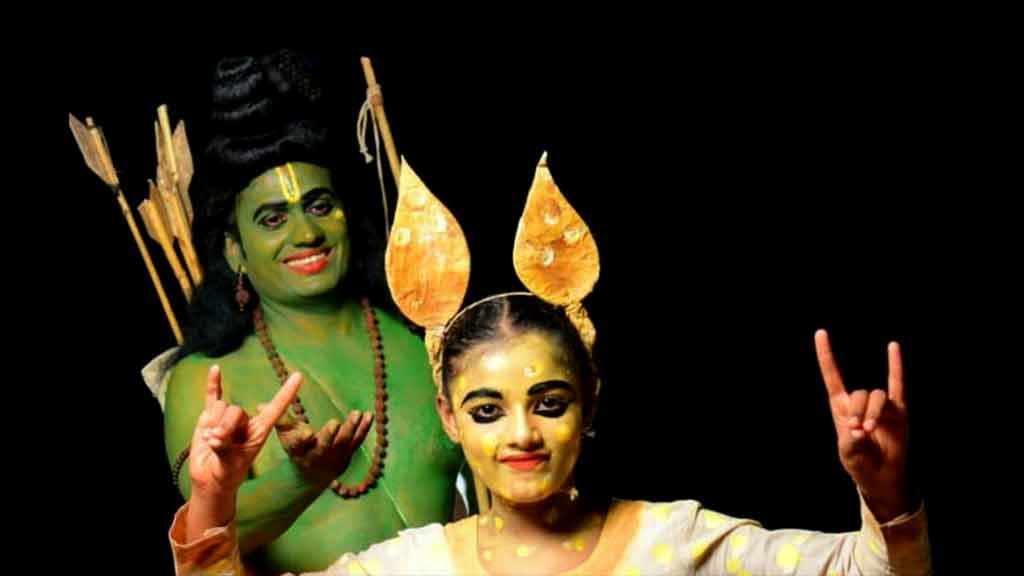Description

Disclaimer: Copyright infringement not intended.
Context
- T N Shajimon wins Kerala Folklore Akademi award for reviving ‘Seethakali’, a female-oriented Dalit narrative of the Ramayana.
Details
Origin and History
- Seethakali, a vibrant and flamboyant folk art, traces its roots back to Perinad in Kollam district, Kerala.
- This captivating art form emerged around 150 years ago, initially performed by the Vedar and Pulayar communities.
Narrative Basis
- Based on episodes from the epic Ramayana, Seethakali breathes life into mythical characters such as Rama, Seetha, Ravana, and Hanuman.
- The performances vividly depict Seetha's journey, from accompanying Rama to the woods to her ascent to the heavens.
Festival Tradition
- In its early days, Seethakali was an integral part of the harvest festival, Onam.
- From the Atham star until the 28th day following Onam, performers from subaltern communities would travel from house to house, sharing the enchantment of this art.
Instruments and Attire
- Natural materials like bamboo and palm leaves find artistic expression in Seethakali.
- The costumes and makeup are strikingly vibrant; characters like Rama and Laxmana are adorned in green, a color symbolic of gods and goddesses in Kathakali.
Captivating Elements
- Seethakali performances captivate with their dynamic music, traditional instruments, and spontaneous rhythmic movements.
- The incorporation of orally transmitted folk songs passed down through generations adds depth to the experience.
Revival Efforts
- Perinad Seethakali Sangham is the sole registered Seethakali performing group in Kerala.
- In 2018, it gained affiliation with the Kerala Folklore Akademi, a crucial step in reviving this once nearly lost art form.
.jpg)
Conclusion
Beyond being a visual delight, Seethakali serves as a means to rediscover Kerala's artistic roots. It showcases the cultural opulence of "God's Own Country" to the world, revealing its richness and diversity. In essence, Seethakali is more than a performance; it's a testament to the intricate connections between history, culture, and community.
In recent times, efforts have been made to document, preserve, and promote the Seethakali tradition as part of India's rich cultural heritage. However, like many traditional art forms, Seethakali faces challenges such as changing cultural dynamics, dwindling patronage, and the need to adapt to modern sensibilities while maintaining its authenticity. Its revival is a tribute to the efforts aimed at preserving the unique heritage of Kerala and sharing its enchantment with the global stage.
|
PRACTICE QUESTION
Q. Explore the multi-faceted cultural significance of Seethakali, a traditional folk art form that originated in Kerala. Delve into its role in preserving and transmitting cultural narratives, while also analyzing the artistic elements that make it a unique and vibrant performance. (250 Words)
|
https://www.thehindu.com/entertainment/art/extinct-art-form-seethakali-is-being-revived/article32247571.ece















